Fenced-In Dog Parks: Blessing or Bane for City-Dwelling Dog Owners?
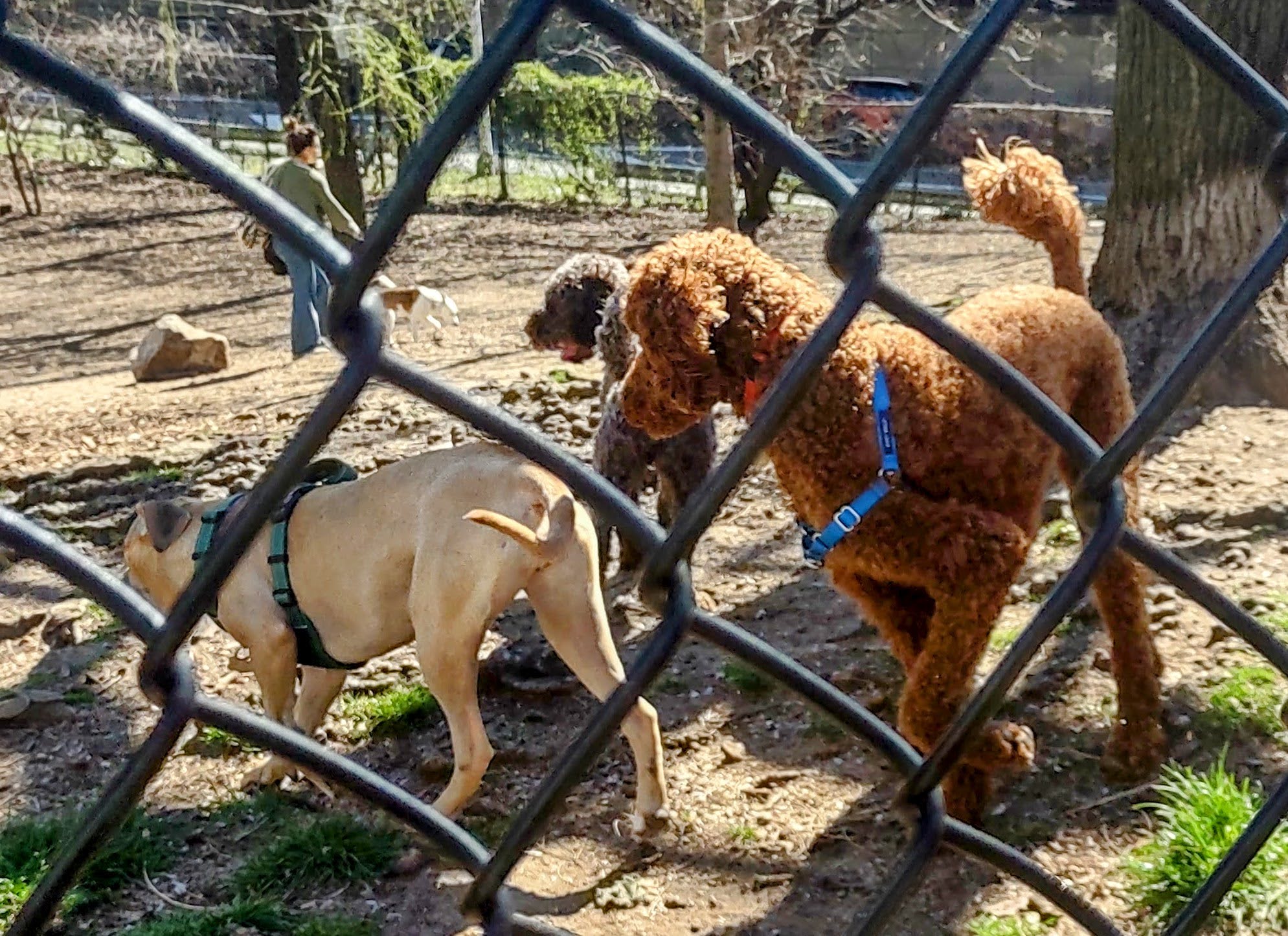 Hillside Dog Park in Brooklyn, NY. Photo by the author
Hillside Dog Park in Brooklyn, NY. Photo by the authorFenced-in dog parks are popping up in cities all over the world—and for good reason. They give our four-legged friends the freedom to run, sniff, and socialize without the risk of dashing into traffic or bothering unsuspecting people. For city dog owners, these parks can be lifesavers. But they aren’t perfect.
Let’s explore the different types of fenced-in dog parks, what to look for in a good one, dog park do’s and don’ts, and even some great alternatives if dog parks aren’t your (or your pup’s) thing.
Types of Fenced-In Dog Parks
Not all fenced-in dog parks are created equal. They range from cozy neighborhood spots to sprawling off-leash wonderlands
Small Fenced-In Dog Parks

These tiny parks, sometimes only a few feet wide, are perfect for a quick off-leash romp or game of fetch. They’re great if you live nearby and just need a fast break from the leash.
Large Fenced-In Dog Parks
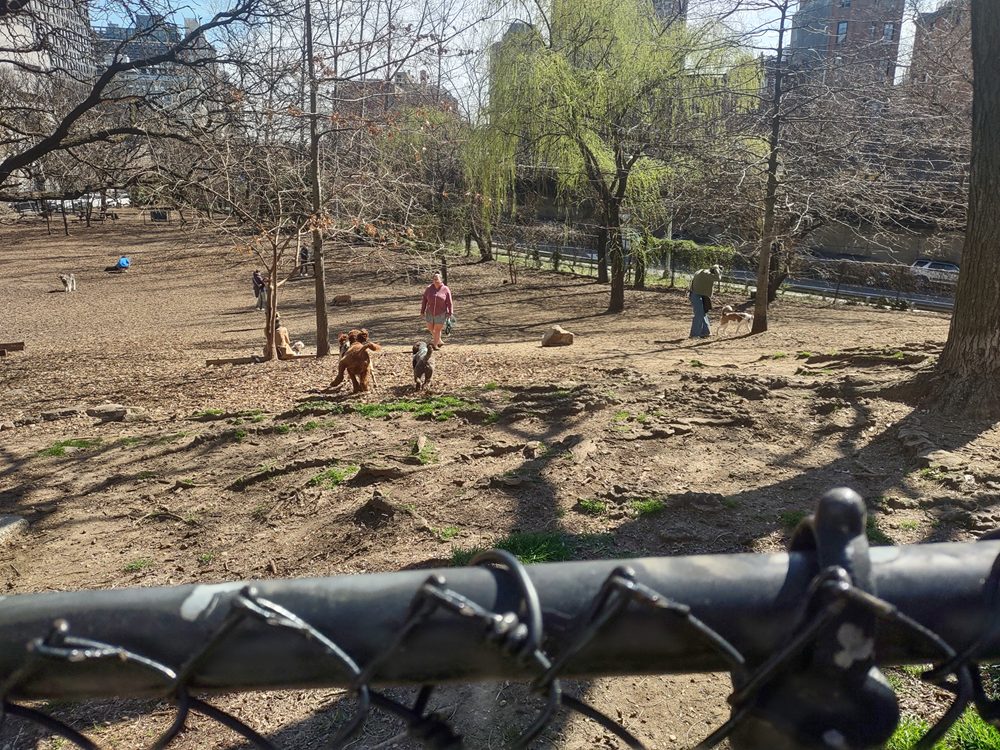
Big city parks, like Hillside Dog Park in Brooklyn, cover acres of land. They offer open fields, shady areas, benches, and often have separate areas for large and small dogs. Perfect for a weekend adventure!
Medium Fenced-In Dog Parks
They might be a bit farther away from where you live than a small dog park, but they offer more space and more potential for social interaction.

Parks for Small vs. Large Dogs

Many fenced-in dog parks have separate areas for big and little dogs. This helps everyone feel safe and gives your pup the best chance at making well-matched friends.
Play Spaces vs. Play Equipment
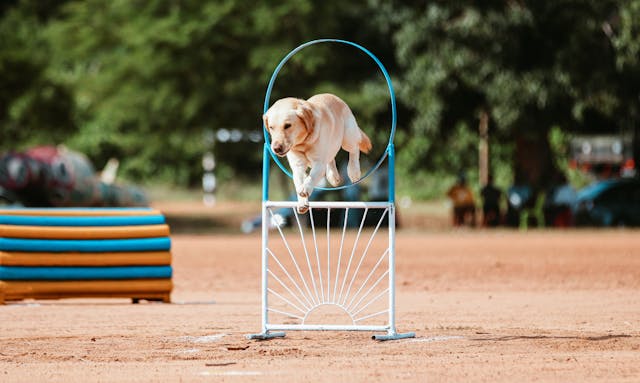 Photo by manu mangalassery: https://www.pexels.com/photo/white-short-coated-dog-doing-a-performance-5095299/
Photo by manu mangalassery: https://www.pexels.com/photo/white-short-coated-dog-doing-a-performance-5095299/Some parks focus on wide-open space for running and wrestling, while others include tunnels, ramps, or balance beams for more structured play. If your dog loves a challenge or gets bored easily, try out a park with enrichment features.
Indoor Dog Parks
 Photo by BP Miller on Unsplash
Photo by BP Miller on UnsplashRain or snow? No problem! Indoor dog parks offer year-round fun and are often cleaner and safer, with disinfectable surfaces and no outdoor hazards like toxic plants or trash.
Public vs. Private Dog Parks
Public fenced-in dog parks are open to all and a great place to meet a variety of dogs (and humans). Private or members-only parks may offer more supervision and cleaner facilities, but can come with a price tag or a residence requirement.
What to Look for in a Great Fenced-In Dog Park
Before letting your pup off-leash, check for these important features:
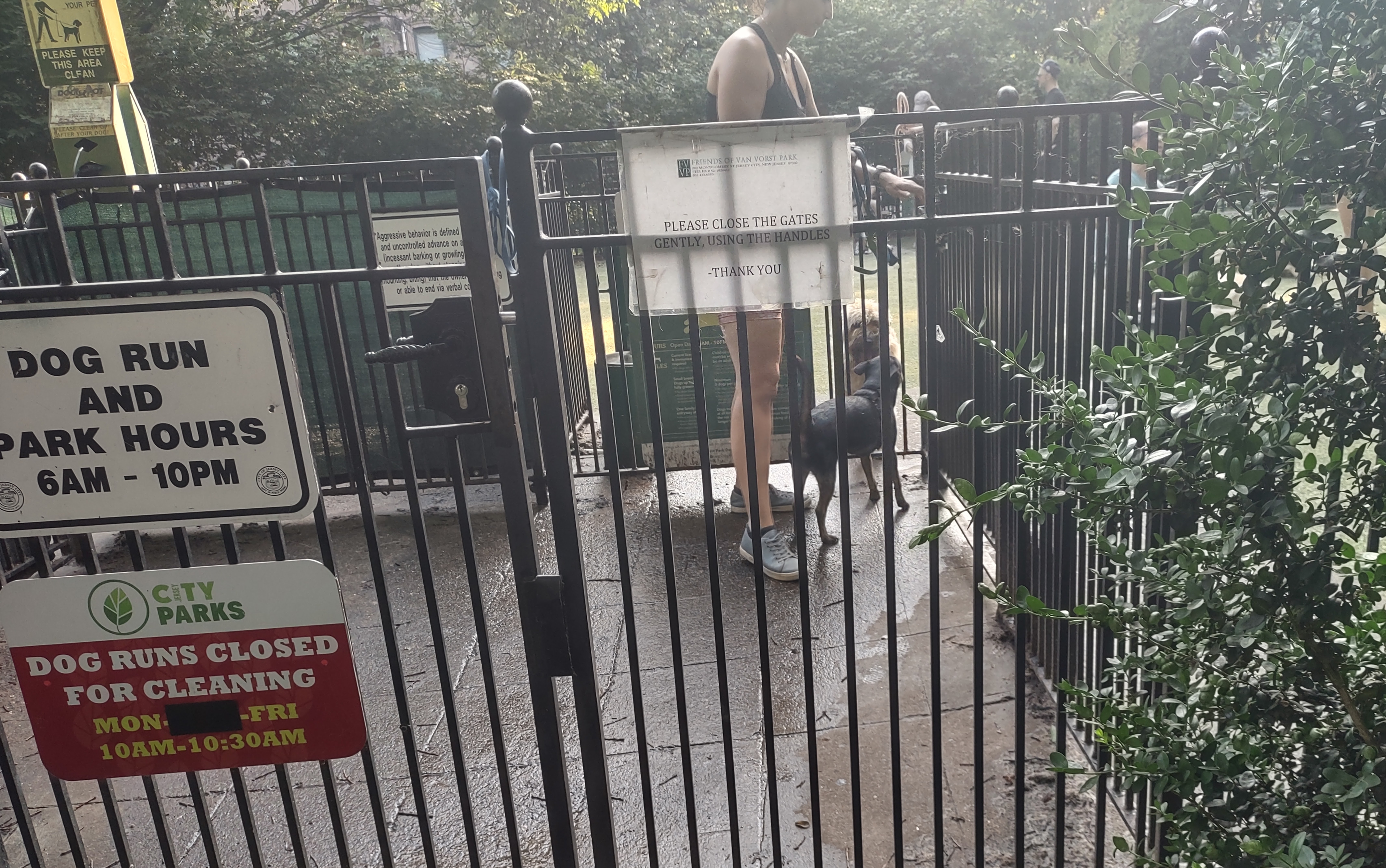
- Strong, secure fencing: No holes or escape routes!
- Double gates: Keeps dogs from slipping out as others come in.
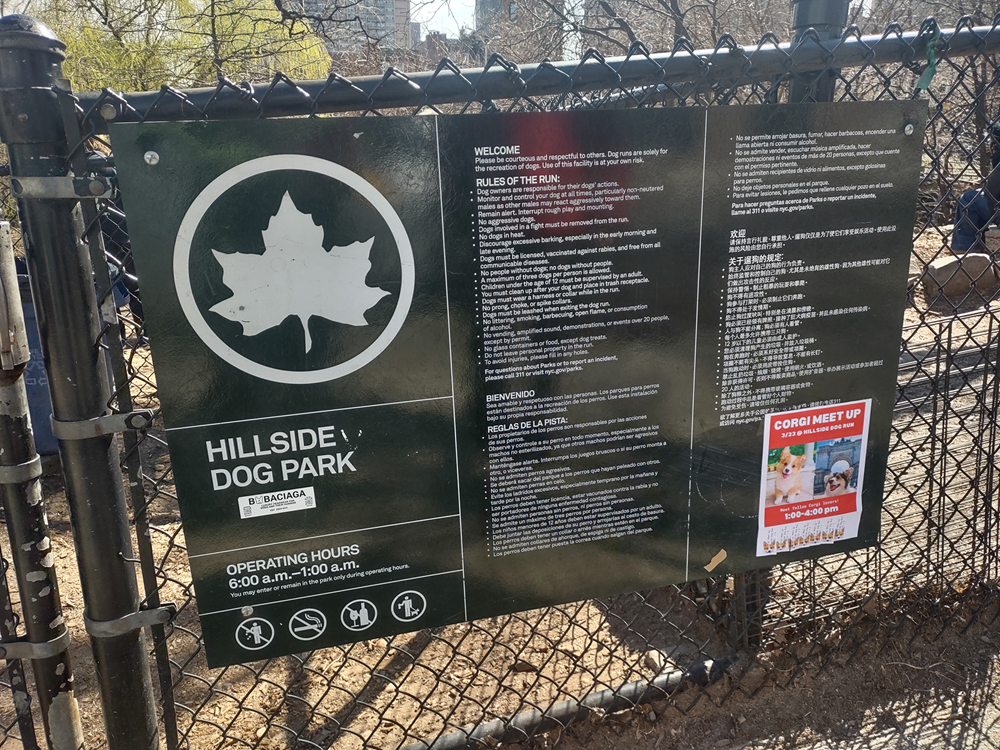
- Cleanliness: No poop on the ground, no muddy puddles, and clean water.
- Amenities: Shade, benches, trash cans, and (ideally) poop bags.
- Safe water sources: Bring your own bowl to avoid shared germs.
- Clear signage: Rules posted where everyone can see them.
- Separate areas for different dog sizes: Especially helpful for small or timid dogs.
- Attentive humans: Look for dog owners who are watching their pups, not glued to their phones.
Pros of Fenced-In Dog Parks
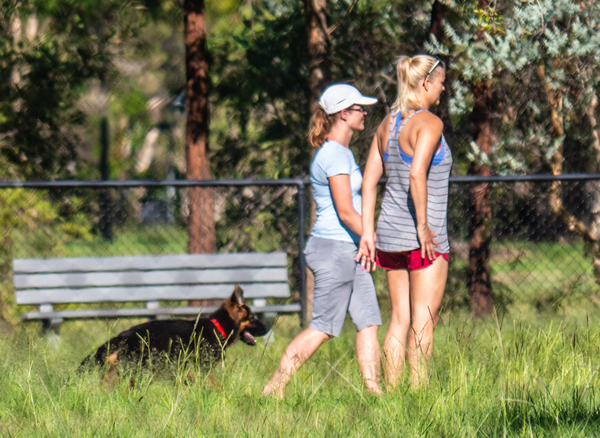 John Robert McPherson https://commons.wikimedia.org/wiki/File:Dog_exercise_7th_Brigade_Park_Chermside_P1090464.jpg
John Robert McPherson https://commons.wikimedia.org/wiki/File:Dog_exercise_7th_Brigade_Park_Chermside_P1090464.jpgThere’s a lot to love about fenced-in dog parks, especially if you live in an apartment or a busy city.
- 🐕 Off-leash freedom in a safe space
- 🧠 Mental and physical stimulation for dogs and humans
- 🐾 Socialization with other dogs and people
- 🧍♀️ Community building with other dog owners
- 🌿 Outdoor time without the need for a huge backyard
Cons of Fenced-In Dog Parks
 https://unsplash.com/photos/a-dog-wearing-a-face-mask-sitting-on-a-wooden-floor-1nSfM6xQpVU Laura Paraschivescu
https://unsplash.com/photos/a-dog-wearing-a-face-mask-sitting-on-a-wooden-floor-1nSfM6xQpVU Laura ParaschivescuBut let’s be honest—fenced-in dog parks aren’t perfect.
- 🦠 Health risks: Shared water bowls and unclean parks can spread disease.
- 🐜 Pests: Fleas, ticks, and other critters love a crowd.
- 🐕🦺 Aggression or bad behavior: Not every dog is a good match, and not every owner is attentive.
- 😣 Overstimulation: Some dogs (and owners) find busy parks stressful.
- 🧍 Difficult dog owners: Poor supervision, misunderstandings, or lack of awareness can lead to unpleasant experiences.
- 😔 Bad experiences: One scary encounter can make your dog fear the park for good.
When to Skip the Dog Park
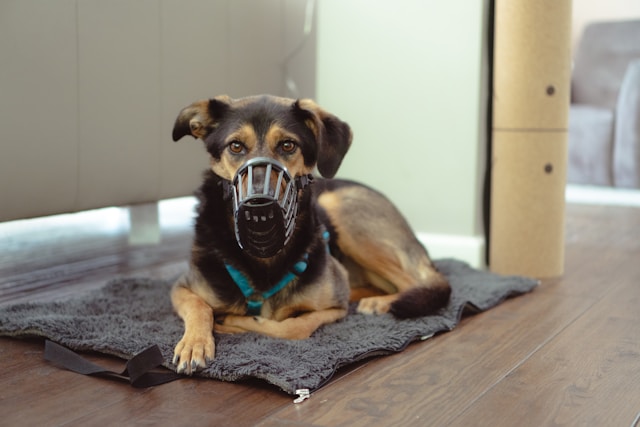 Photo by Dennis Wissel on Unsplash
Photo by Dennis Wissel on UnsplashEven the best fenced-in dog park isn’t right every day or for every dog. Here are times you should steer clear:
- 🐶 Young puppies (especially before vaccinations)
- 💉 Unvaccinated or sick dogs
- 🩺 Immunocompromised dogs
- ♀️ Dogs in heat
- 😡 Aggressive or poorly trained dogs
- 😨 Extremely timid or anxious dogs
If your dog can’t reliably follow commands like come, stay, and leave it, it’s best to practice outside the park first.
Dog Park Etiquette: Be a Good Human
When you're at a fenced-in dog park, follow these simple tips:
- Always watch your dog.
- Leave toys at home if your dog doesn’t share well.
- Step in if your dog’s getting overwhelmed, or overwhelming others.
- Don’t stay too long. If your dog’s tired, it’s time to go.
- Clean up after your dog. Always.
Alternatives to Fenced-In Dog Parks
 Photo by Ann Schreck on Unsplash
Photo by Ann Schreck on UnsplashFinal Thoughts
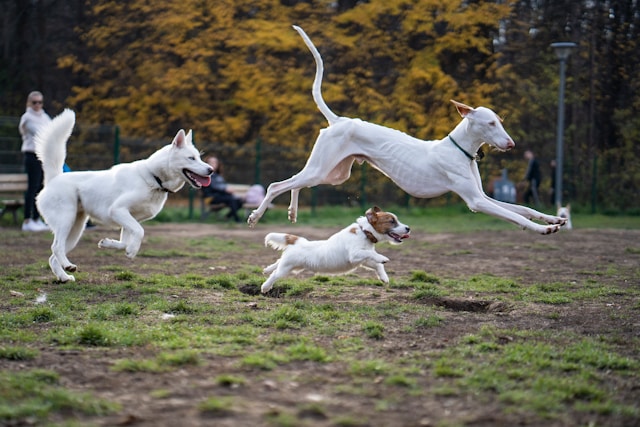 Photo by Monika Simeonova on Unsplash
Photo by Monika Simeonova on UnsplashFenced-in dog parks are a wonderful invention for many urban pet owners. They offer freedom, exercise, and friendship for dogs and people alike. But they’re not for every dog, or every person. Knowing what to look for, when to go, and when to stay away can make all the difference.
And if it turns out that fenced-in dog parks aren’t right for your furry friend, don’t worry - there are lots of other ways to help your dog live a happy, active life.
So grab the leash, pack some poop bags, and head out for fresh air and the kind of adventure that works best for you and your pup - whether it’s a large dog park, a small or medium dog park, or just the sidewalk.




New! Comments
Have your say about what you just read! Leave me a comment in the box below.